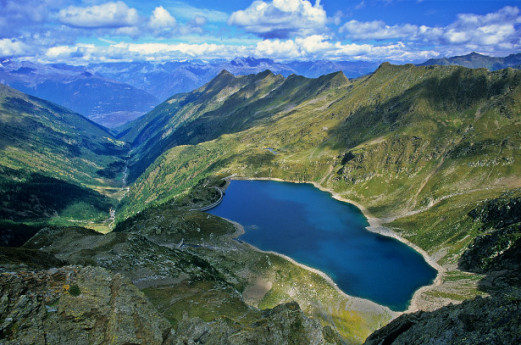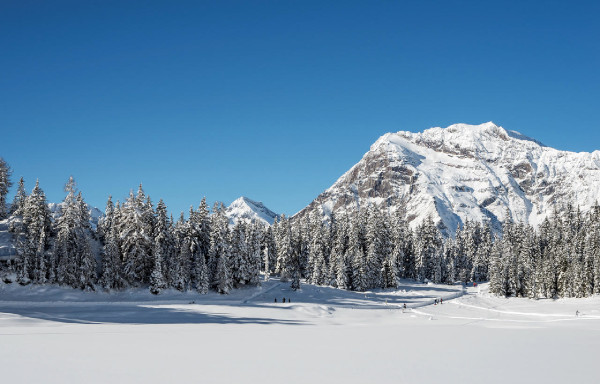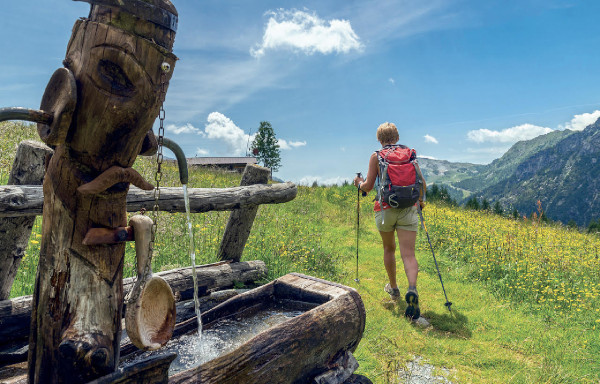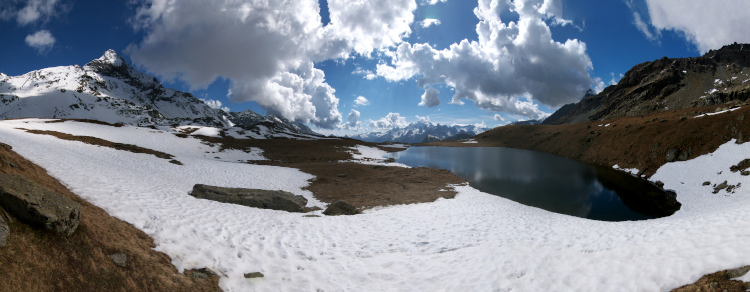- Parks
- Active & Green
Valtellina Orobie Park
You'll breathe the mountain air, in the land of the chamois, the deer, the roe deer and ibex
The Valtellina Orobie Mountains Park covers the entire Valtellina side of the Orobie Alps, with peaks between 2000 and 3000 metres above sea level and important elements of natural and environmental interest.
The vegetation is rich with hardwood forests at lower altitudes, and spruces on the mountaintop horizon, followed by alpine meadows rich with native flora. The remarkable presence of typical alpine wildlife, with substantial populations of chamois, red deer and roe deer, has recently been enriched with the reintroduction of the ibex. The park is also home to a considerable number of grouse and raptors.
The Orobie is the first mountain range you encounter when travelling north from the Lombard plain and the foothills of the Alps. The formation of the Orobie Alps began about 20 million years ago, in the Miocene era, during the lifting process of the Alps, known as the Alpine Orogeny. The majority of the chain is formed by rocks of metamorphic origin: gneiss, mica schist and phyllite. Sedimentary rock outcrops are only found along the watershed: conglomerates and sandstones, like the Lombard Verrucano, characteristic of the area of Pizzo dei Tre Signori.
The park's flora and vegetation consists of lush, hardwood forests at lower altitudes, and coniferous forests higher up, favoured by the northern exposure of the slope and the abundant rainfall.
Many native animals of the Alps call the Orobie mountains their home, including the deer, chamois and the recently-reintroduced ibex.
Many signs bear witness to how these mountains were important in the past, in terms of farming, forestry and pasturelands, and as a main transit route for trade.




